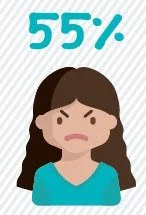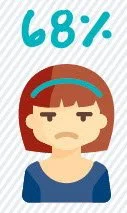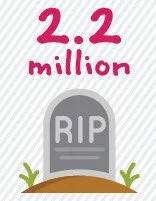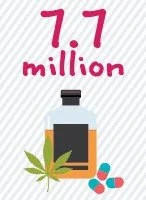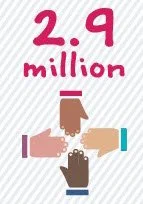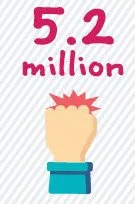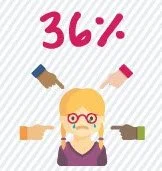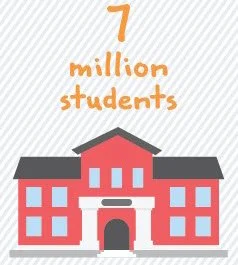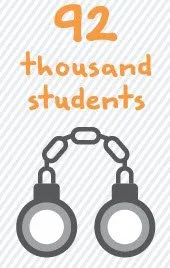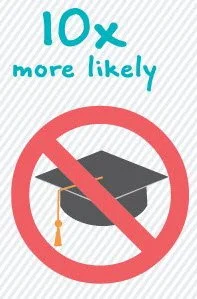The Emotional Intelligence Initiative
Of 11-17 year olds who who took MHA’s Youth Screen:
Fifty-five percent said they often felt irritable or angry
Sixty-nine percent said they often worry a lot
Sixty-eight percent said they often felt sad or unhappy
Forty-five percent said they often do not show their feelings
According to the National Survey of Children's Health:
Two-point-two million children have lived with a part or guardian who has died
Five million children feel like their family often has a hard time covering “the basics” like food, or housing
Seven-point-seven million children have lived with someone who had a drug or alcohol problem
Six-point-one million have lived with someone who had a mental illness or who was suicidal
Two-point-nine million children have been treated unfairly because of their race or ethnicity
Five-point-two million children experience physical abuse in the home
And it doesn’t stop there …
Six-point-two million children have experienced violence in their neighborhood
Thirty-six percent of children (ages 2-17) have been emotionally bullied or teased in the past year
One-point-two million children (ages 8-18) are estimated to be caregivers
Seven-point-seven million children have lived with someone who had a drug or alcohol problem
Without healthy coping skills, the emotions that come along with the issues kids are facing can result in behavior problems.
Four-point-six percent of children (ages 3-17) have been diagnosed with either Oppositional Defiance Disorder or Conduct Disorder
Boys are two-times more likely than girls to have these disorders
Eleven percent of those who took the Youth Screen reported having conduct problems often
Twenty-three percent of parents reported seeing conduct problems often in their children
Misbehavior in school is often addressed with disciplinary measures like suspension, expulsion, and even arrest.
Seven-million students receive in-school or out-of-school suspension each year
Three and four year-olds are expelled from school at thirteen times the rate of K-12 aged youth
Ninety-two thousand students are involved in school-related arrests each year
But discipline like this often leaves students feeling isolated and labeled, further fueling the feelings that caused the negative behavior in the first place, leading to poor outcomes further on.
Young students who are suspended or expelled are ten times more likely to drop out of high school, experience academic failure, be held back, hold negative schoolattitudes, and face incarceration than those who are not.
Forty-eight percent of 11-17 year-olds said they were “bad”
It doesn’t have to be this way. By providing supportive environments and teaching students to recognize emotions and address them in healthy ways, we can change lives.
School-aged children whose mothers nurtured them in early childhood have larger hippocampi, a key structure in the brain important to learning, memory, and responding to stress.
Students who have better social emotional skills have better mental and physical health, more employment opportunities, fewer relationship problems, and are less likely to abuse substances as adults.
Restorative discipline practices also show great promise, with some K-8 schools showing as high as a 67% reduction in suspensions over a multi-year period.

